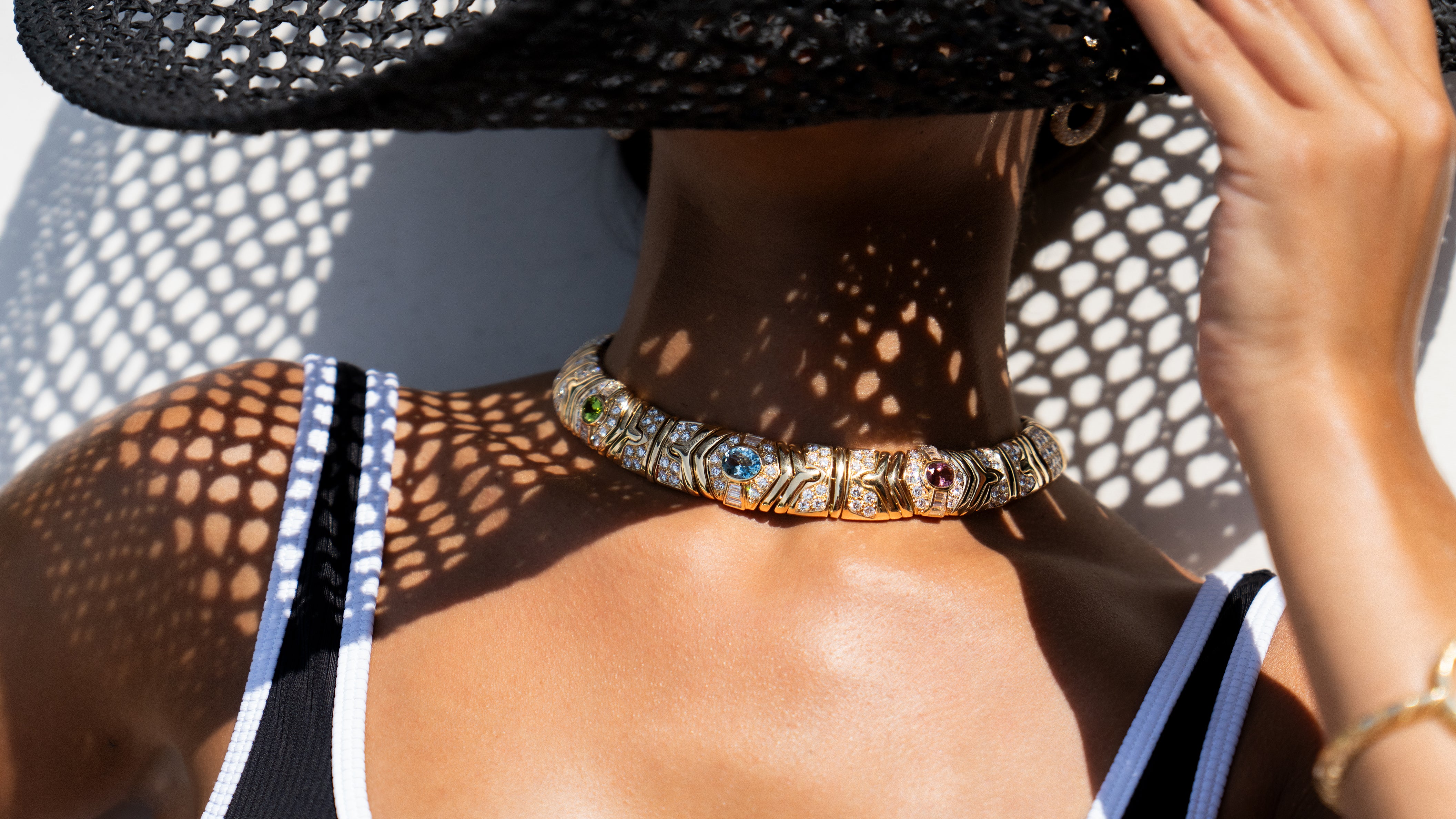Eugène Fontenay
This Nineteenth Century goldsmith possessed an impeccable reputation and counted among his clientele some of the most distinguished figures of his time.
Eugène Fontenay came from a long line of jewelers. Born in Paris on May 19, 1924, he was the third generation to take up the tools of the trade. From the time of his childhood, it became apparent that Eugène possessed a real talent as a draftsman.
Once his education was complete, Eugène appealed to his parents to help him enter the jewelry trade. It was arranged that he would complete his apprenticeship with two renowned jewelers: Edouard Marchand. A man famous for inventing new jewelry forms, including elastic or spring-based bracelets, and Dutreih, who rediscovered the stunning effect of enamels on pure gold, a technique much used in the 16th Century. In later years, Fontenay would praise Dutreih for the work he did, calling it, “exquisite, delicate and original.”
Setting Up Shop
In 1848, at the age of 24, Fontenay decided to go out on his own, setting up his workshop at 2 rue Favart in Paris’ 2nd arrondissement, north of the Palais Royal.
One early notable piece that Fontenay designed was a fan that he created for the Queen of Portugal. Working with Leffournier, a skilled enameller, the fan was completed in 1852.
It only took a few years for Fontenay’s reputation to take hold. He was soon supplying his pieces to many famous jewelers, among them Louis Francois Cartier, who was impressed with Fontenay and his jewelry, which was inspired mainly by antiquity, based on the original Roman, Greek, and Etruscan styles.
In 1858, Fontenay designed a formal circlet style tiara for the Empress Eugénie. It featured large stylized flower shapes decorated with emeralds that could be switched out for drop shaped pearls.
New Inspiration
Fontenay was quite taken by an exhibition at the Louvre in 1861. It contained pieces from the Campana collection, acquired by Napoleon III for the French nation. The collection, given the name Italian Archaeological Jewelry, inspired Fontenay to increase his production of antiquity themed jewels. During the ensuing two decades, he created a large number of necklaces, bracelets, brooches, lockets, earrings and demi-parures that incorporated archeological-style themes in various ways. Fontenay’s preference was for a matte gold finish. His materials of choice included pearls, pale pink coral, lapis, and pastel enamels.
While many of Fontenay’s contemporaries were also creating jewels inspired by antiquity, it has been said that Fontenay had a unique interpretation of the Etruscan style. His was a more elegant approach, one that was perhaps less true to the ancient techniques but certainly more wearable. He was a master of granulation and wirework, and his sense of form displayed a high level of skill.
Famous Clientele
Fontenay enjoyed patronage from across the globe. The 1860s were a particularly fruitful period when he created lavish jewelry and objets d’art for distinguished personages that included kings, shahs, and viceroys. Boxes, pipes, sabers, tableware, and clocks were produced. The King of Siam commissioned a full set of horse tack, every item of which was decorated with large gemstones. He remounted family heirlooms for the Shah of Persia. And the Viceroy of Egypt was pleased with the extravagant pieces Fontenay produced, which included a gold dinner service embellished with enamel and awash in thousands of diamonds, rubies, emeralds, and pearls. It was one of the most amazing commissions Fontenay was to receive.
More than a Jeweler
As well as managing his successful jewelry business, Fontenay found time to join a group of fellow jewelers in founding the Chambre Syndicale de la Bijouterie-Joaillerie-Orfèvrerie, a regulating commission for jewelers and goldsmiths. Other founders included Frederic Boucheron and Antoine Mellerio.
Fontenay had a deep interest in the academic side of the jewelry trade and wanted to come up with a supportive network for up-and-coming craftsmen, including a school where all aspects of the trade could be taught to future students.
The renowned jeweler was an author, too, sharing his vast knowledge in articles that were published in esteemed journals and magazines such as the Revue des Art Décoratifs.
Retirement
In 1882, Fontenay handed over the reins of his shop to Henri Smets, who was his foreman. Smets renamed the business Fontenay Smets Successeur. For the remaining years of his life, Fontenay continued to write articles and work on his book, Les Bijous Anciens at Modernes, which was published posthumously. The great jeweler passed away in 1887 at the age of 63.
Legacy
Collectors and connoisseurs alike continue to clamor for jewelry created by Fontenay. His pieces have been identified by firms such as Boucheron and Tiffany & Co., and can be found in museums around the world.
Exhibitions and Honors
- In 1855, Fontenay took part in the Paris Exposition Universelle, exhibiting a breathtaking diamond tiara in naturalistic form. It was styled as a branch with wild brambles, covered in flowers and fruit
- At the 1867 Paris Exposition, Fontenay received a gold medal for his captivating archeological jewels
- Fontenay was awarded the Légion d’Honneur in 1873. He was recognized for the incisive report he produced for the goldsmiths’ and silversmiths’ work displayed at the Vienna International Exhibition
